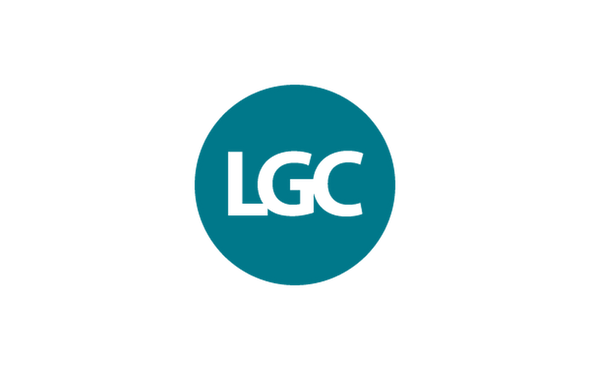Description
SARS-COV-2 SPIKE PROTEIN NEUTRALIZING NANOBODY (HL38)
Recombinant Llama VHH-Human IgG Antibody for studying neutralization of SARS-CoV-2 and detection of Spike glycoprotein. Neutralizing activity validated for wild type Spike protein RBD and Spike protein RBD (N501Y) variant. SARS-CoV-2, previously known as the 2019 Novel Coronavirus (2019-nCoV), causes the pandemic COVID-19 disease.
PRODUCT DETAILS – SARS-COV-2 SPIKE PROTEIN NEUTRALIZING NANOBODY (HL38)
- Recombinant anti SARS-CoV spike nanobody.
- Llama VHH-Human IgG Fc
- Presented in 1 X PBS (pH7.4), 3% sucrose.
- Suitable for use in ELISA and NTRL assays
BACKGROUND
Nanobodies, also called camelid heavy-chain variable domains (VHHs), are single-domain nano-sized antibodies; they are derived from variable fragments of camelid or shark heavy chain-only antibodies, consisting of a single monomeric variable antibody domain which is able to bind selectively to a specific antigen. Nanobodies are often engineered from heavy-chain antibodies found in camelids, called VHH fragments. Most antibodies are made from 4 proteins bound together: two heavy chains and two light chains. However, camelids make antibodies that are composed of just 2 proteins: 2 heavy chains. Nanobodies are engineered from these by isolating just the tips of the heavy chains, where the binding occurs. They are obtained by immunization of dromedaries, camels, llamas, alpacas or sharks with the desired antigen and subsequent isolation of the mRNA coding for heavy-chain antibodies which are then screened and selected for using phage display libraries, and expressed in yeast or E. coli. The resulting nanobody proteins are about a tenth the weight of a typical human antibody. They have a number of advantages over monoclonal antibodies; they are smaller and therefore more stable, easier to engineer, relatively cheaper to produce in bulk and also more amenable to being aerosolized for patient-friendly nasal and pulmonary administration.
The severe acute respiratory syndrome coronavirus 2 (SARS-CoV-2) is the causative agent of the coronavirus induced disease 19 (COVID-19) which emerged in China in late 2019, resulting in a worldwide epidemic (Zhou et al., 2020). The best-known site for a nanobody to neutralize of SARS-CoV-2 is at the surface of the ACE2-receptor-binding-domain (RBD) of the Spike protein. Nanobodies have previously been raised against the RBD of MERS-CoV. These antibodies could protect mice prophylactically before MERS-CoV exposure or could prevent the death of mice if applied therapeutically up to three days after exposure to MERS-CoV (Zhao et al., 2018; Stalin et al., 2018).
The Native Antigen Company is pleased to offer these neutralizing nanobodies in the global effort to help develop more effective vaccines and diagnostics against SARS-CoV-2.
REFERENCES
- Stalin Raj, V. et al. Chimeric camel/human heavy-chain antibodies protect against MERS-CoV infection. Sci. Adv. 4, eaas9667–eaas9667 (2018).
- Zhao, G. et al. A Novel Nanobody Targeting Middle East Respiratory Syndrome Coronavirus (MERS-CoV) Receptor-Binding Domain Has Potent Cross-Neutralizing Activity and Protective Efficacy against MERS-CoV. J. Virol. 92, e00837-18 (2018).
- Zhou P, Yang XL, Wang XG, Hu B, Zhang L, Zhang W, Si HR, Zhu Y, Li B, Huang CL, Chen HD, Chen J, Luo Y, Guo H, Jiang RD, Liu MQ, Chen Y, Shen XR, Wang X, Zheng XS, Zhao K, Chen QJ, Deng F, Liu LL, Yan B, Zhan FX, Wang YY, Xiao GF, Shi ZL. A pneumonia outbreak associated with a new coronavirus of probable bat origin. Nature. 2020 Mar;579(7798):270-273.






